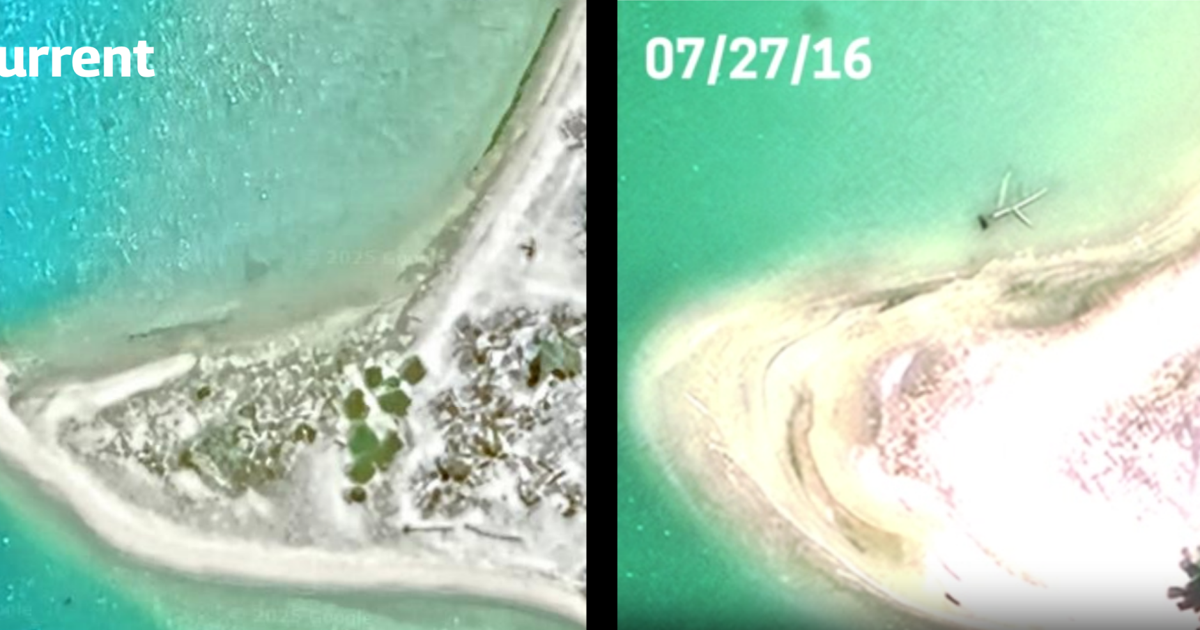

I use FinAmp client with Jellyfin for music.
I agree the Jellyfin interface is not well optimized for music, but FinAmp negates most of that and my phone is how I mostly listen to music anyway.
I like Navidrone, but it’s a duplicate service that doesn’t really have a big value add over Jellyfin beyond the ability to share tracks with friends. A major feature upgrade, but not something I use terribly often.
























I have almost no physical photos. I have maybe 10 physical photos, total. I was pretty early on the whole digitize everything bandwagon. And have lost most of them before I got the hang of how to protect them from accidental loss.
Every now and then I want to take a look at one of the photos I’ve taken. I’ll wind up spending a few hours going down memory lane.
Photos are a moment sealed in time. Young folks may not value them right now, but eventually they’ll value them more.
I’m an untrusting old curmudgeon, so I store my files locally, for the most part. Folks storing them online? Either they’ll get burned and lose them, or not.